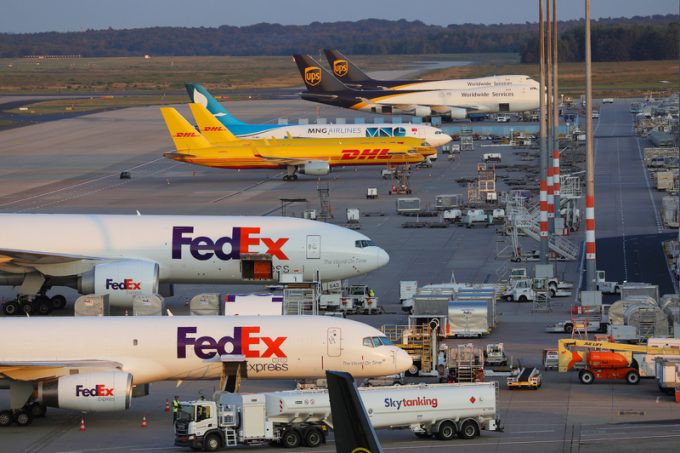Swissport bets on ecommerce with acquisition of specialist ViaEurope
Yet another air cargo player is stepping deeper into the world of ecommerce: Swissport has ...

In the second of a four-part series, Stan Wraight, president of air cargo consultancy SASI, takes off the gloves to explain how airports, airlines and handlers can benefit from new thinking, reclaim revenues and modernise an outdated industry to their own benefit
One of my colleagues, during a recent SASI project with a major airline to redevelop its airport hub facilities to cope with next-gen logistics and not just pallets, told the client: “Remember, whatever you do now, you will have ...
Macron calls for ‘suspension’ – CMA CGM's $20bn US investment in doubt
Trump tariffs see hundreds of cancelled container bookings a day from Asia
De minimis exemption on shipments from China to the US will end in May
Forwarders stay cool as US 'liberation day' tariffs threaten 'global trade war'
Mixed response in US to 'Liberation Day', while China leads wave of retaliation
Tariffs and de minimis set air freight rates on a volatile course
Overcapacity looms for ocean trades – with more blanked sailings inevitable
'To ship or not to ship', the question for US importers amid tariff uncertainty

Comment on this article